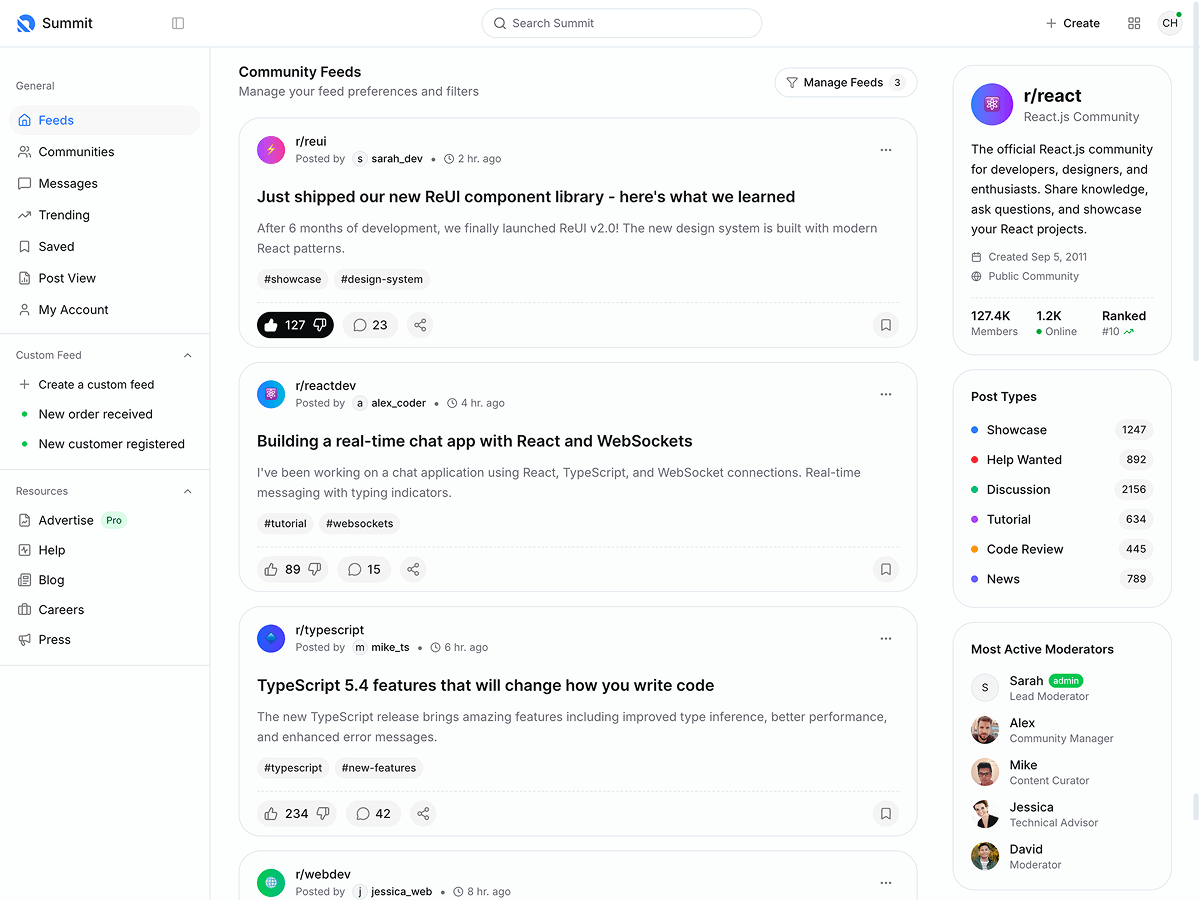how to integrate metronic 8.2 into existing django project?
how to integrate metronic 8.2 into existing django project?
Replies (2)
Salam Aidilfitri  and apologies for the delayed response. Please try running your Django app. If it runs without any issues, you can proceed with creating the view page for your main page.
and apologies for the delayed response. Please try running your Django app. If it runs without any issues, you can proceed with creating the view page for your main page.
To create a main page, you'll need to:
In your Django app's urls.py, define a URL pattern for your main page.
Create a view function in your Django app's views.py that will render your main page.
Create an HTML template for your main page in the templates directory of your Django app.
Link the view function and the HTML template so that the view renders the template as the main page.
As for a video tutorial, I don't have one to share directly. However, you can search online for Django tutorials that cover creating views and templates.
If you encounter any issues or need further assistance, feel free to ask!
Hi Ali Ahmed,
Sorry for the delay in response. Use the Metronic Layout Builder to design and export the HTML version of your desired layout components, such as the header, footer, side menu, top bar, and content area. You can access the Layout Builder here:
http://preview.keenthemes.com/metronic8/demo1/layout-builder.html
Once you have exported the HTML version partial files, integrate them into your Django project. You can do this by creating Django templates for each component and including them in your main layout template.
For the styles and JavaScript files, you can get them from the HTML version assets folder of Metronic. Include these files in your Django project's static files directory and reference them in your templates.
Customize the integrated components as needed to fit your project's requirements.
Test your integration to ensure that the Metronic layout works correctly within your Django project.










